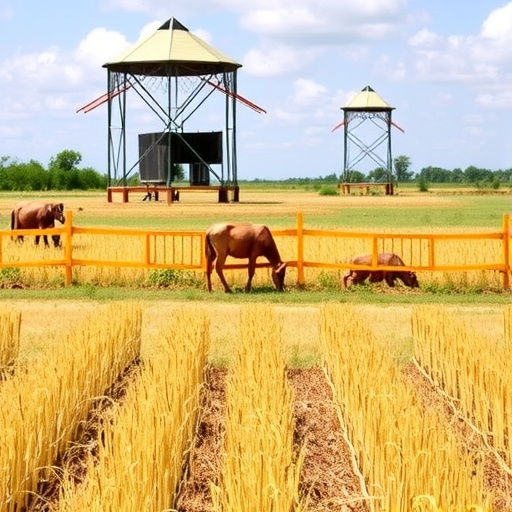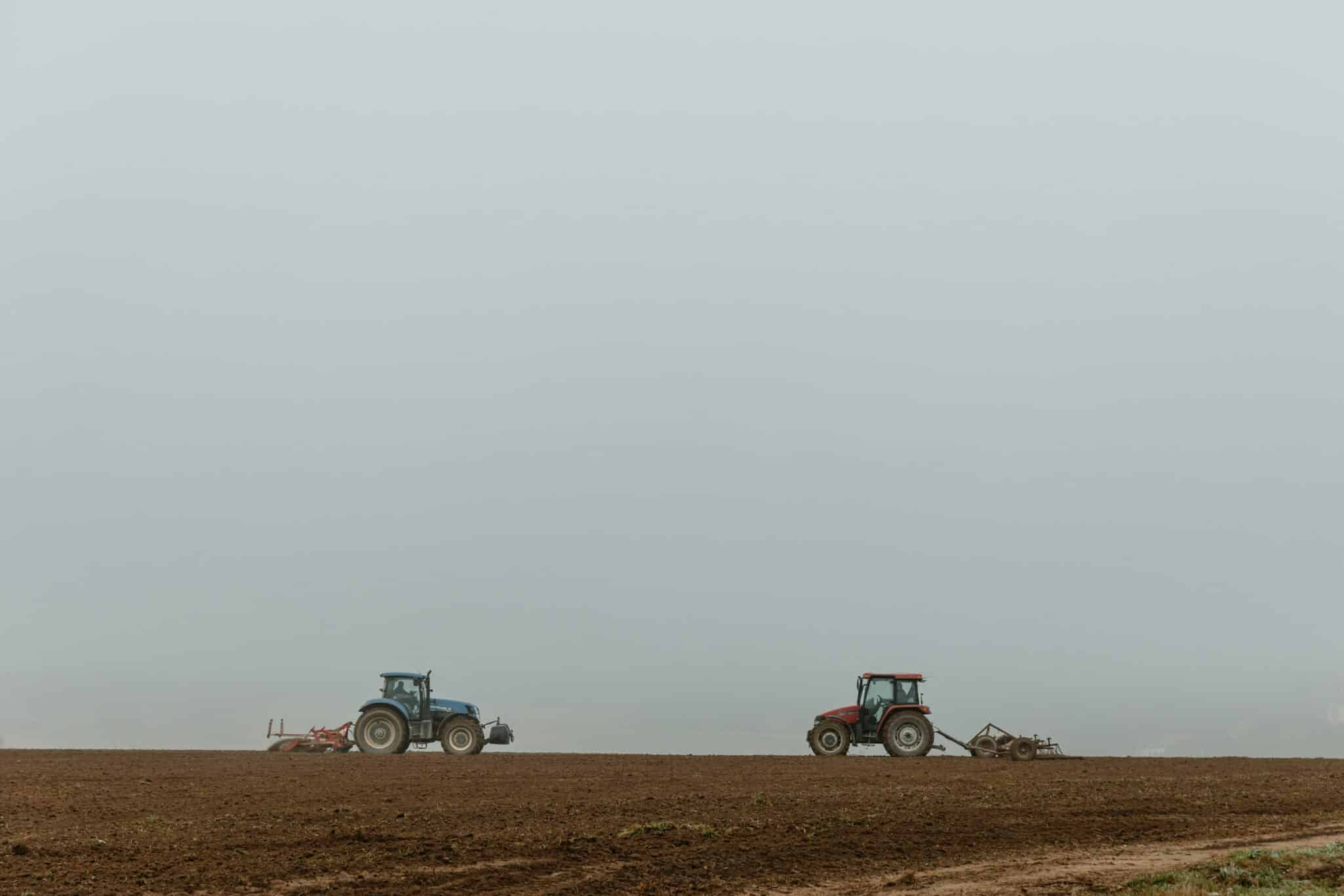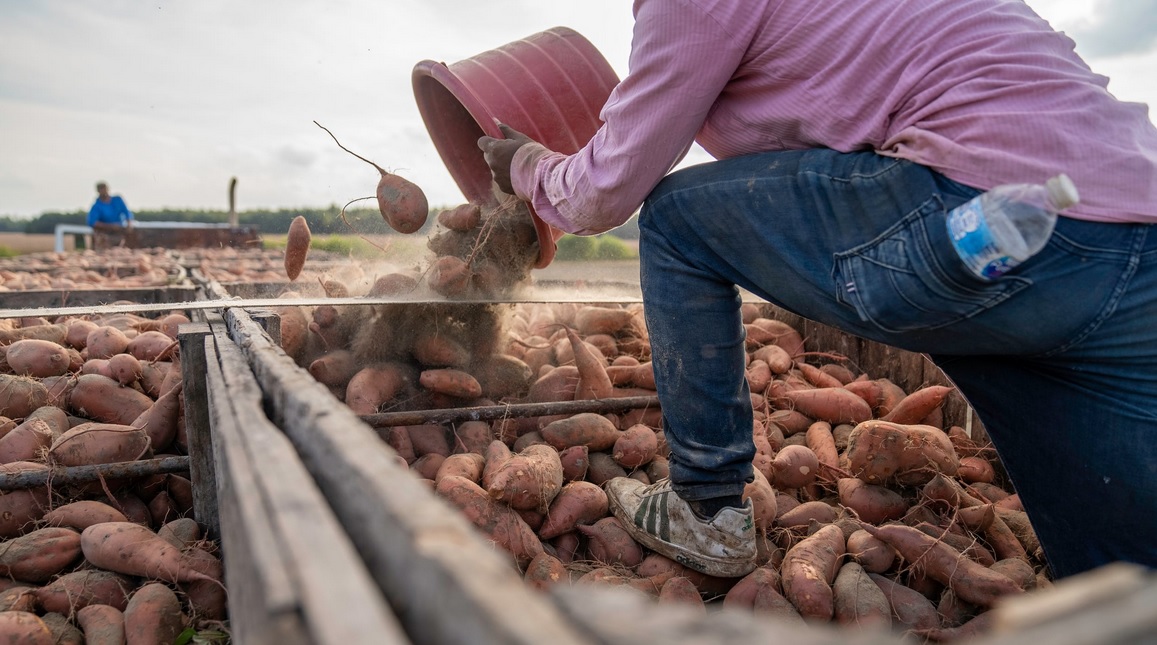Report on Policy and Institutional Frameworks for Conservation Agriculture in Zimbabwe
Introduction: Aligning Agricultural Practices with Sustainable Development Goals
An evaluation of Zimbabwe’s Pfumvudza/Intwasa conservation agriculture program reveals the critical role of policy and institutional frameworks in achieving key Sustainable Development Goals (SDGs). This initiative, centered on no-till farming, crop rotation, and cover crops, directly addresses global targets for environmental sustainability and agricultural productivity. Its success is contingent upon a supportive infrastructure that aligns with SDG 2 (Zero Hunger), SDG 13 (Climate Action), and SDG 15 (Life on Land) by promoting resilient farming practices that enhance food security while preserving ecosystems.
Policy Frameworks and SDG Integration
Fostering SDG 2: Zero Hunger
Stable and coherent agricultural policies are fundamental to ending hunger and achieving food security. The Pfumvudza/Intwasa program contributes to this goal by promoting techniques that improve soil health and increase yields. For these benefits to be realized consistently, the policy environment must provide:
- Consistent guidelines for conservation agriculture techniques.
- Support for farmers transitioning to innovative and sustainable practices.
- Integration with national food security strategies to create a cohesive approach to sustainable food production.
Advancing SDG 13: Climate Action
Conservation agriculture is a vital strategy for climate adaptation and resilience. The program’s emphasis on sustainable land management helps mitigate the impacts of climate change, such as extreme weather events. A robust policy framework is necessary to embed climate adaptation strategies into agricultural practices, thereby strengthening the resilience of farming communities and contributing directly to SDG 13.
Institutional Structures for Sustainable Implementation
Strengthening Institutions for SDG 4 and SDG 17
Effective implementation of conservation agriculture relies on resilient and adaptive institutional structures. These institutions are pivotal in translating policy into action and fostering partnerships for sustainable development.
- Agricultural Extension Services: These bodies are crucial for delivering on SDG 4 (Quality Education) by providing farmers with essential training, information, and resources. Their capacity to disseminate knowledge on conservation techniques determines the rate of adoption and success.
- Cross-Sectoral Collaboration: Aligning the program with regional and national strategies requires strong partnerships between government, local institutions, and farmers, embodying the principles of SDG 17 (Partnerships for the Goals).
Promoting Equity to Meet SDG 1 and SDG 10
The provision of inputs such as seeds and tools is a core component of the Pfumvudza/Intwasa program. To ensure this support advances SDG 1 (No Poverty) and SDG 10 (Reduced Inequalities), institutional frameworks must prioritize:
- Equitable access to resources for all farmers, regardless of socio-economic status.
- Policies that address and rectify disparities in resource distribution.
Key Strategies for Program Viability and Environmental Impact
Economic Viability and SDG 8
For the long-term adoption of conservation agriculture, practices must be economically viable for farmers. This aligns with SDG 8 (Decent Work and Economic Growth) by ensuring that sustainable farming also supports livelihoods. Policies should include financial incentives that reward environmental stewardship and make sustainable practices a profitable investment for farmers.
Protecting Ecosystems for SDG 15
The foundational principles of the Pfumvudza/Intwasa program—enhancing soil health and preserving agricultural landscapes—are in direct support of SDG 15 (Life on Land). By promoting methods that combat land degradation and maintain biodiversity, the initiative contributes to the sustainable management of terrestrial ecosystems.
Conclusion: A Cohesive Strategy for Sustainable Development
The Pfumvudza/Intwasa program in Zimbabwe exemplifies how conservation agriculture can serve as a powerful tool for achieving multiple Sustainable Development Goals. Its ultimate success and sustainability depend on the continuous improvement of policy and institutional frameworks. By ensuring these frameworks are stable, supportive, equitable, and adaptive, Zimbabwe can enhance food security, build climate resilience, reduce poverty, and protect its natural environment, creating a comprehensive model for sustainable agricultural development.
1. Which SDGs are addressed or connected to the issues highlighted in the article?
The article on the Pfumvudza/Intwasa conservation agriculture program in Zimbabwe addresses several Sustainable Development Goals (SDGs). The analysis reveals connections to the following goals:
- SDG 2: Zero Hunger: The core theme is sustainable agriculture, improving agricultural productivity, and ensuring food security, which is central to SDG 2.
- SDG 13: Climate Action: The article explicitly discusses the challenges of climate change, the need for climate resilience, and adaptation strategies for farmers.
- SDG 15: Life on Land: Conservation agriculture’s focus on enhancing soil health, preserving ecosystems, and sustainable land management directly aligns with this goal.
- SDG 16: Peace, Justice and Strong Institutions: The article’s primary focus is on the critical role of “effective policies and institutional frameworks” in the success of agricultural programs.
- SDG 17: Partnerships for the Goals: The text emphasizes the need for “cross-sectoral collaboration” and “robust partnerships among government, local institutions, and farmers.”
2. What specific targets under those SDGs can be identified based on the article’s content?
Based on the article’s discussion of conservation agriculture, policy frameworks, and climate challenges, several specific SDG targets can be identified:
SDG 2: Zero Hunger
- Target 2.3: By 2030, double the agricultural productivity and incomes of small-scale food producers. The article supports this by focusing on enhancing “agricultural productivity” and ensuring the “economic viability” of conservation practices for farmers.
- Target 2.4: By 2030, ensure sustainable food production systems and implement resilient agricultural practices that increase productivity and production, that help maintain ecosystems, that strengthen capacity for adaptation to climate change, extreme weather, drought, flooding and other disasters and that progressively improve land and soil quality. This target is directly addressed through the article’s detailed discussion of “conservation agriculture,” which includes “no-till farming, crop rotation, and the use of cover crops” to promote “environmental sustainability” and “climate resilience.”
SDG 13: Climate Action
- Target 13.1: Strengthen resilience and adaptive capacity to climate-related hazards and natural disasters in all countries. The article highlights that programs like Pfumvudza are a response to “the whirlwind of climate change” and emphasizes that institutions must “incorporate climate adaptation strategies” to “enhance resilience among farmers.”
SDG 15: Life on Land
- Target 15.3: By 2030, combat desertification, restore degraded land and soil, including land affected by desertification, drought and floods, and strive to achieve a land degradation-neutral world. The article’s emphasis on conservation agriculture’s commitment to “enhancing soil health” and managing agricultural landscapes to “preserve the ecosystem” directly contributes to this target.
SDG 16: Peace, Justice and Strong Institutions
- Target 16.6: Develop effective, accountable and transparent institutions at all levels. The central argument of the article is the need for “effective policies and institutional frameworks,” highlighting that institutions like “local agricultural extension services” must be “resilient and adaptive” to support farmers effectively.
SDG 17: Partnerships for the Goals
- Target 17.14: Enhance policy coherence for sustainable development. The article calls for “integrating the goals of the Pfumvudza program with broader national policies on food security and climate resilience” to create a “more cohesive framework.”
- Target 17.16: Enhance the multi-stakeholder partnership for sustainable development. The conclusion explicitly calls for “fostering robust partnerships among government, local institutions, and farmers” to ensure the success of conservation agriculture.
3. Are there any indicators mentioned or implied in the article that can be used to measure progress towards the identified targets?
The article implies several indicators that can be used to measure progress towards the identified targets, even if they are not stated as formal SDG indicators:
SDG 2: Zero Hunger
- Agricultural Yields: The article mentions “diminishing agricultural yields” as a key problem, implying that an increase in yields would be a measure of success.
- Adoption Rate of Conservation Practices: Progress can be measured by tracking the “uptake of conservation agriculture methods” and the “sustained adoption of conservation practices” by farmers.
- Economic Viability for Farmers: The article suggests measuring whether farmers “perceive the adoption of conservation practices as…economically viable,” which could be assessed through farm income and profitability studies.
SDG 13: Climate Action
- Implementation of Climate Adaptation Strategies: Progress can be measured by the extent to which institutions “incorporate climate adaptation strategies into their operational frameworks.”
- Farmer Resilience to Climate Shocks: An indicator would be the ability of farmers to handle “extreme weather events” and the “uncertainties posed by a shifting climate,” which could be measured through post-disaster recovery rates.
SDG 15: Life on Land
- Soil Health Metrics: The commitment to “enhancing soil health” implies that indicators such as soil organic matter content, water retention, and nutrient levels could be used to measure progress.
SDG 16: Peace, Justice and Strong Institutions
- Effectiveness of Extension Services: The performance of “local agricultural extension services” in providing “training and resources” can be measured through farmer satisfaction surveys and assessments of knowledge dissemination.
- Policy Stability and Clarity: The existence of a “clear and stable policy environment” can be qualitatively assessed to measure institutional effectiveness.
SDG 17: Partnerships for the Goals
- Level of Policy Cohesion: An indicator would be the degree of alignment between the Pfumvudza program and “broader national policies on food security and climate resilience.”
- Number and Quality of Multi-Stakeholder Partnerships: The existence and functionality of “robust partnerships among government, local institutions, and farmers” would serve as a direct indicator of progress.
4. Create a table with three columns titled ‘SDGs, Targets and Indicators” to present the findings from analyzing the article.
| SDGs | Targets | Indicators (Implied in the Article) |
|---|---|---|
| SDG 2: Zero Hunger | 2.3: Double agricultural productivity and incomes of small-scale food producers. 2.4: Ensure sustainable food production systems and resilient agricultural practices. |
|
| SDG 13: Climate Action | 13.1: Strengthen resilience and adaptive capacity to climate-related hazards. |
|
| SDG 15: Life on Land | 15.3: Combat desertification and restore degraded land and soil. |
|
| SDG 16: Peace, Justice and Strong Institutions | 16.6: Develop effective, accountable and transparent institutions. |
|
| SDG 17: Partnerships for the Goals | 17.14: Enhance policy coherence for sustainable development. 17.16: Enhance multi-stakeholder partnerships. |
|
Source: bioengineer.org







